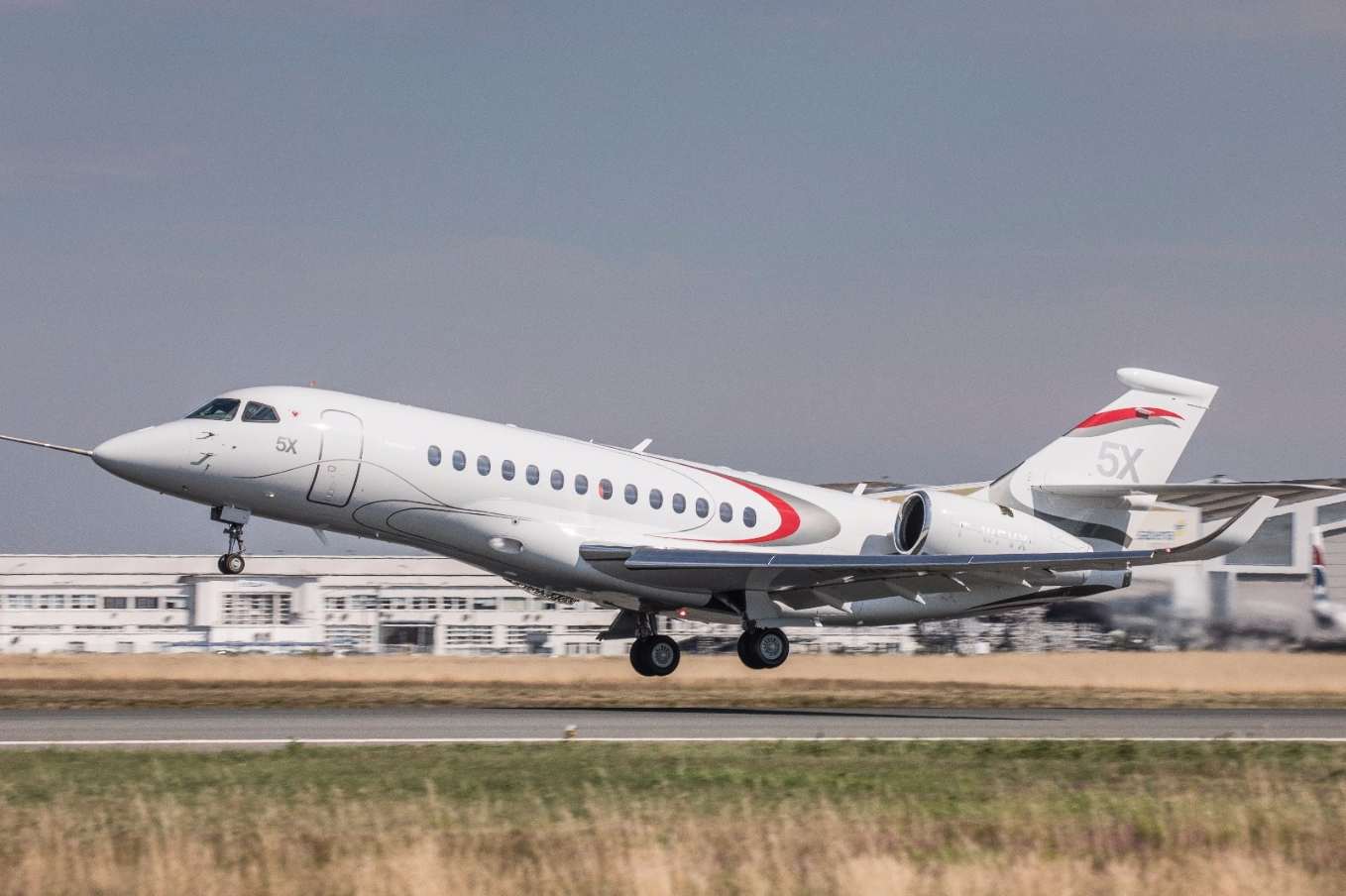Exasperated by recurrent delays on Safran's Sivercrest engine, Dassault is abandoning the Falcon 5X and starting work on a new, P&WC-powered programme.
Dassault Aviation says it is initiating the termination process of the contract with Safran for the Silvercrest engine that was due to power the Falcon 5X bizjet. This signifies the end of the ultra-widebody twin-engine Falcon 5X, which is replaced with a new Falcon programme. Dassault says the decision reflects the magnitude of the risks involved both on the technical and schedule aspects of the Silvercrest programme.
Dassault CEO Eric Trappier underlines that there is still a strong market need for a brand new long-range aircraft with a very large cabin. Therefore the company is launching a new Falcon project, powered by Pratt & Whitney Canada engines, featuring the same cross section as the Falcon 5X, a range of 5,500 Nm, and scheduled to enter into service in 2022.
The delivery of compliant Silvercrest engines was originally planned for the end of 2013 in accordance with the Falcon 5X flight test schedule.
In 2015 and 2016, major technical issues led Safran to announce a new schedule with delivery of engines for Falcon 5X flight tests by the end of 2017. Consequently, Dassault Aviation had to postpone the entry into service of the Falcon 5X from 2017 to 2020, resulting in order cancellations (12 in 2016).
The Falcon 5X — powered by a preliminary version of the Silvercrest — performed its maiden flight in July and started an initial flight test campaign. Dassault says that aircraft flight behaviour met all the expectations.
In autumn 2017, Safran experienced issues with the high-pressure compressor and informed Dassault of an additional delay and new performance shortfall, making the 2020 entry into service of the aircraft impossible.
For Safran, the move signals the end of its ambitions to break into the business jet market, at least for now. The company says that contractual penalties applicable to the engine development phase have already been provisioned in its accounts and confirms its 2017 annual guidance.

